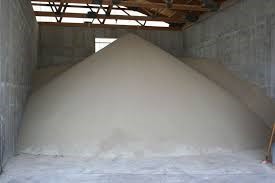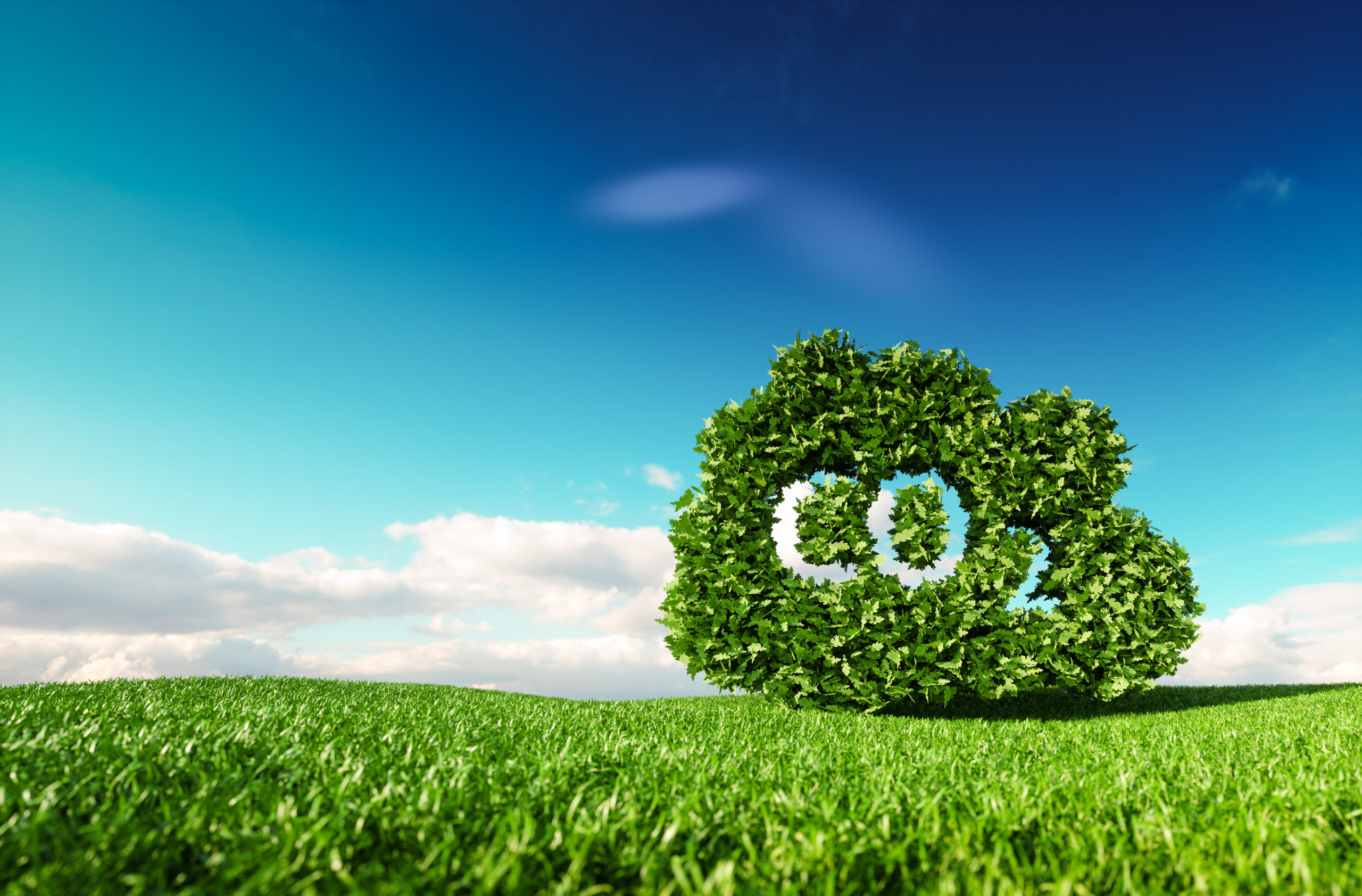The DTN Fertilizer Index, a weekly survey of more than 300 retailer prices, showed dry urea averaging $873 per ton in the first week of December 2021. With 920 pounds of nitrogen provided to a crop from each ton of urea, that’s $0.95 per pound of nitrogen. With liquid UAN-32 fertilizer priced at $661 per ton and 640 pounds of nitrogen available from each ton, that’s $1.03 per pound of nitrogen.
These prices don’t seem to have any chance of declining, but there are viable options for reducing synthetic fertilizer costs by incorporating biological products into your crop program. The integration of biological products can deliver a greater ROI by reducing the cost of inputs and increasing quality crop yields.
Today’s biofertilizer market is $1.2 billion to $1.5 billion. Biologicals are projected to have a growth rate that’s two to three times faster than the traditional crop protection market. Bio-controls and bio-stimulants will have global sales of more than $15 billion by 2027!
Why such tremendous growth? Because biological products work! They allow growers to reduce the use of synthetic products that are detrimental to our soil’s health. They’re complementary to what nature is trying to advance and achieve, including nutrient cycling or uptake, and disease suppression. It’s simple: when there is greater biological activity in the soil there is more mineralization of nutrients in the soil and crops are healthier, producing higher quality yields. Biologicals are an investment in the future. You’re working to build up your Soil Organic Matter (SOM), the cornerstone for better water holding capacity and nutrient availability. Increasing levels of SOM mitigate nutrient leaching and create a larger buffer overall, so you’re not farming on the edge year after year.
Andaman Ag has been promoting biological products since 2008. We believe that biological products have a place in everyone’s crop program regardless of whether you’re a conventional or organic grower. The following are examples of products that we represent that are having a very positive impact on crop health and production, and can reduce the need for fertilizer inputs:
| Biological Products Technology | Results and Deliverables |
| Nitrogen-fixing bacteria | Reduces need for synthetic fertilizers, increase soil carbon, improves soil quality |
| Microbial-based fertilizers | Microbes accelerate the mineralization of all available nutrients |
| Organic insecticides (cinnamon-based) | Kills spider mites, whitefly, thrips, Asian citrus phyllid, broad mites, mealybugs, aphids, cochineal |
| Vermi-based compost teas | Contains diverse plant nutrients and beneficial micro-organisms stimulating crop growth and disease suppression |
| Oceanic fish hydrolysates | Improves soil health, feeds microbiology, supplies calcium and stimulates crop growth |
| Flavonoids | Mitigates abiotic stresses and enhances energy production |
| Pyroligneous Acid | Composed of phenols, organic acids and biomolecules, it reduces required inputs and increases marketable yields |
| Fungicide and Bactericide concentrate | Citric Acid based fungicide and bactericide |
| Seawater trace elements | Provides every element that all plants need for ultimate plant protection and growth |
| Combination bio- stimulant products | Stimulates plant growth by using a blends of organic acids protein hydrolysates, organic acids, seaweed extracts and beneficial bacteria |
| Silicon-based products | Combination of seaweed extracts and silica |
| Molasses with synthetic fertilizer | The combination allows for a major reduction of synthetic fertilizer like UAN-32 |
| Bio-fertilizer | Combination of seaweed extracts and fertilizer |
Adding biological products to your program delivers an improved ROI!
Please contact us, and see my new book, From the Ground Up, on Amazon.





